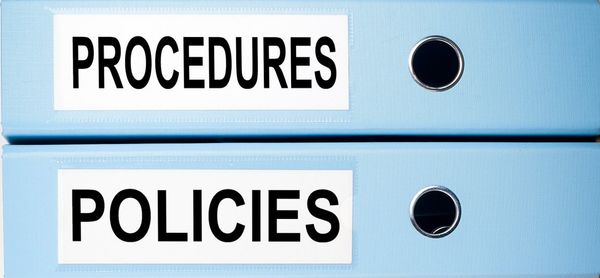In the first and second parts of this series on Operating Procedures (OP), I discussed the required detail and the various operating phases. In this part, I will address operating limits, common errors, and best practices to make operating limits useful and appropriate. First, a common error is to confuse process “Safe Upper/Lower Limits” with “Operating Limits”. To be clear, there is NOT a PSM element in regulation entitled “Safe Operating Limits”. Operating limits should be inherently safe since they should be well within any process “Safe Upper/Lower Limits”. If your operating limits have a consequence of deviations defined as fire/explosion, release of a toxic, or potential exposure of personnel, then you need to seriously rethink your operating philosophy. If your operating limits are well defined, then any deviation from normal operating parameters should include an alarm (consequence of deviation) with steps to avoid the alarm to begin with, or to correct the deviation once it has occurred. When any operating parameter has more process safety risks (loss of primary containment as one example), then an additional consequence of deviation should include activation of interlocks, emergency shutdowns, and other similar actions to avoid an equipment or process safety system demand, such as a relief device lifting or a release of material to atmosphere. Properly defined operating limits will allow the operator to bring the process parameter back into the normal range, or when those fail to produce the desired results, controls which are another consequence of deviation, will take more drastic step(s) to avoid a process safety event.
Other common errors are to not appropriately address operating limits themselves, defining the consequence of deviation as the same as the safe upper or lower limit(s), and the steps to avoid and correct deviations are to “troubleshoot". Most will acknowledge that the highest risk with any process, no matter what type, occurs during startup and shutdown. Consequently, avoiding the startup and shutdown operating phases is important and so when a deviation occurs, our first and perhaps step to avoid should never be to start troubleshooting. We should address the deviation as quickly as possible to bring the process back within normal operating parameter range. Therefore, best practice is to create a separate document for operating limits, perhaps entitled "Standard Operating Conditions" (SOC). Just as is the case for operator rounds, operating limits may be separate documents, but they would still be a part of your operating procedures. The reason for a separate document is to allow easy and direct access of this document by the operators to not only use, but to make it easy for the operator to update and add information. The operating limits document should be evergreen, meaning that the steps to avoid and correct deviations within the operating limits for example, should be continuously improving or getting more well defined with time. They should be the "go to information" for every one of the operators in your facility, it should be a document that operators own, and be an important part of your employee participation policy.

